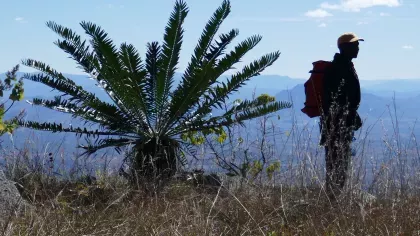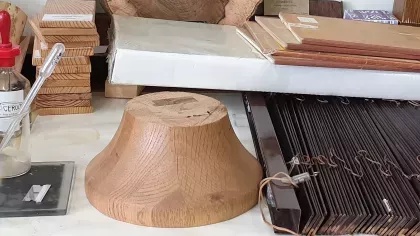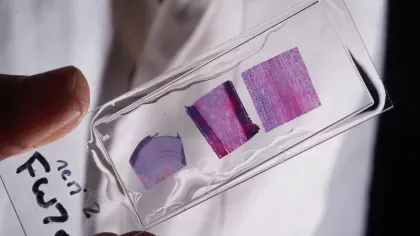20 October 2020
Fighting plant cyber crime
The internet boosts the illegal trade in endangered plants, but also helps combat it.

The internet has become a useful tool in the illegal plant trade, offering anonymity and a huge global consumer marketplace to illegal traders.
This poses a serious threat to many of the world’s most iconic and endangered plant species and the planet’s biodiversity.
But the internet also provides the opportunity to fight back.
The FloraGuard Project
Plant cyber crime is the focus of the FloraGuard Project, which aims to tackle the illegal trade in endangered plants.
Led by the University of Southampton and partnered with UK Border Force and the Royal Botanic Gardens, Kew, the study uses alternative and interdisciplinary methods to detect and investigate internet-facilitated illegal plant trade.
Countering this illicit activity is crucial for the survival of species at risk.
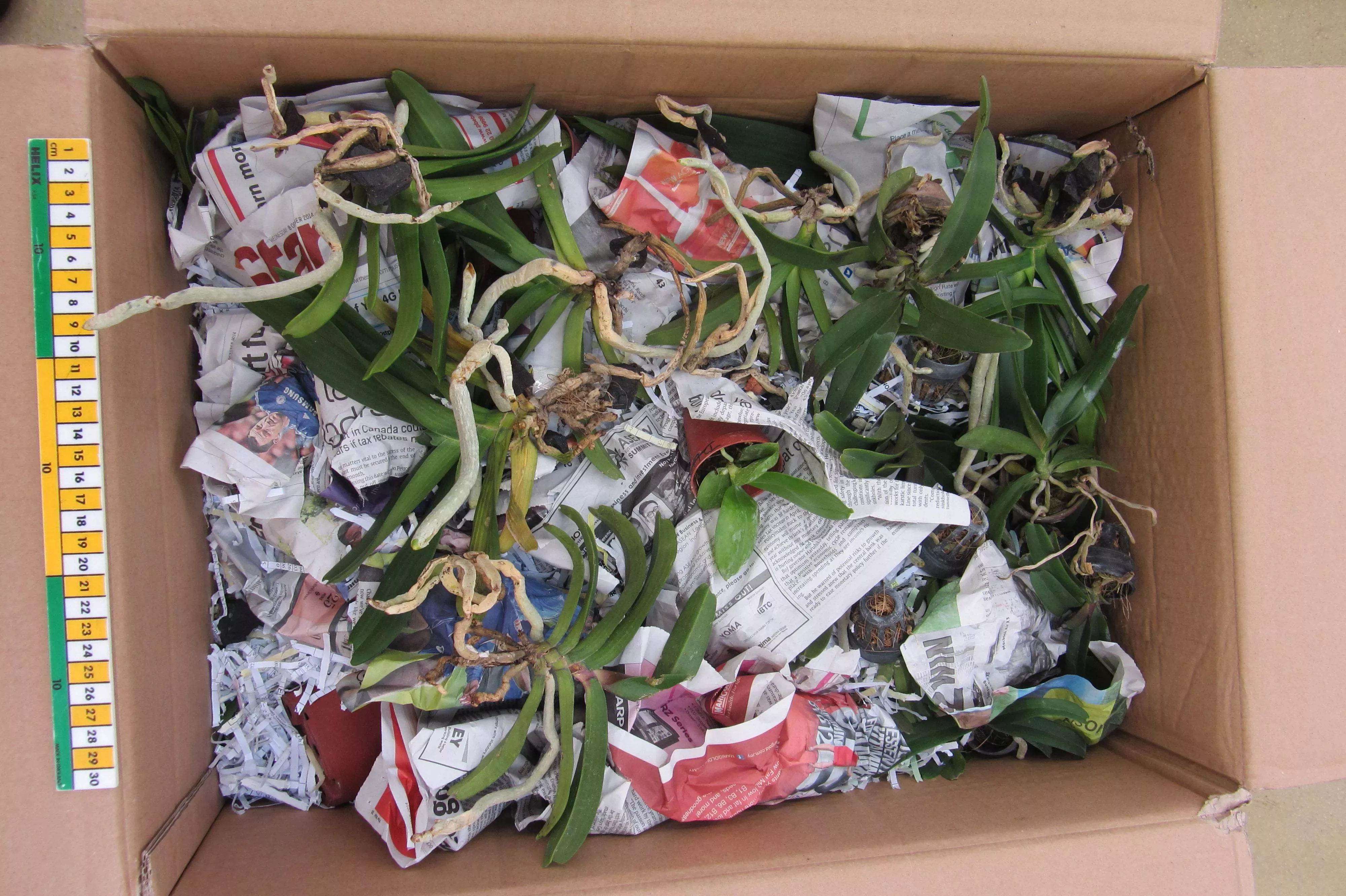
Online plant trafficking
The internet has made buying and selling goods easier and more advantageous for both traders and consumers. And this is true for the online illegal wildlife trade.
But the full scale and scope of this crime is still under-investigated and unknown, especially regarding the trade in endangered flora compared to fauna.
Did you know? Of the more than 37,000 species that are currently protected by CITES (the Convention on International Trade in Endangered Species of Wild Fauna and Flora), more than 30,000 are plants.
Wildlife crime is not caused by the internet, but it is boosted by its use. This online selling has many benefits for illegal traders, including:
- An easy connection for specialist buyers interested in species-specific products
- Convenience
- Low costs of operating
- Anonymity for illegal traders
- A lack of physical inspection of goods before their purchase
- It’s simpler to find potential customers online than offline
- Fast and secure communications and financial transactions
The digital population worldwide is predicted to increase even more in the months and years to come, which will only heighten business opportunities for these illicit wildlife traders.
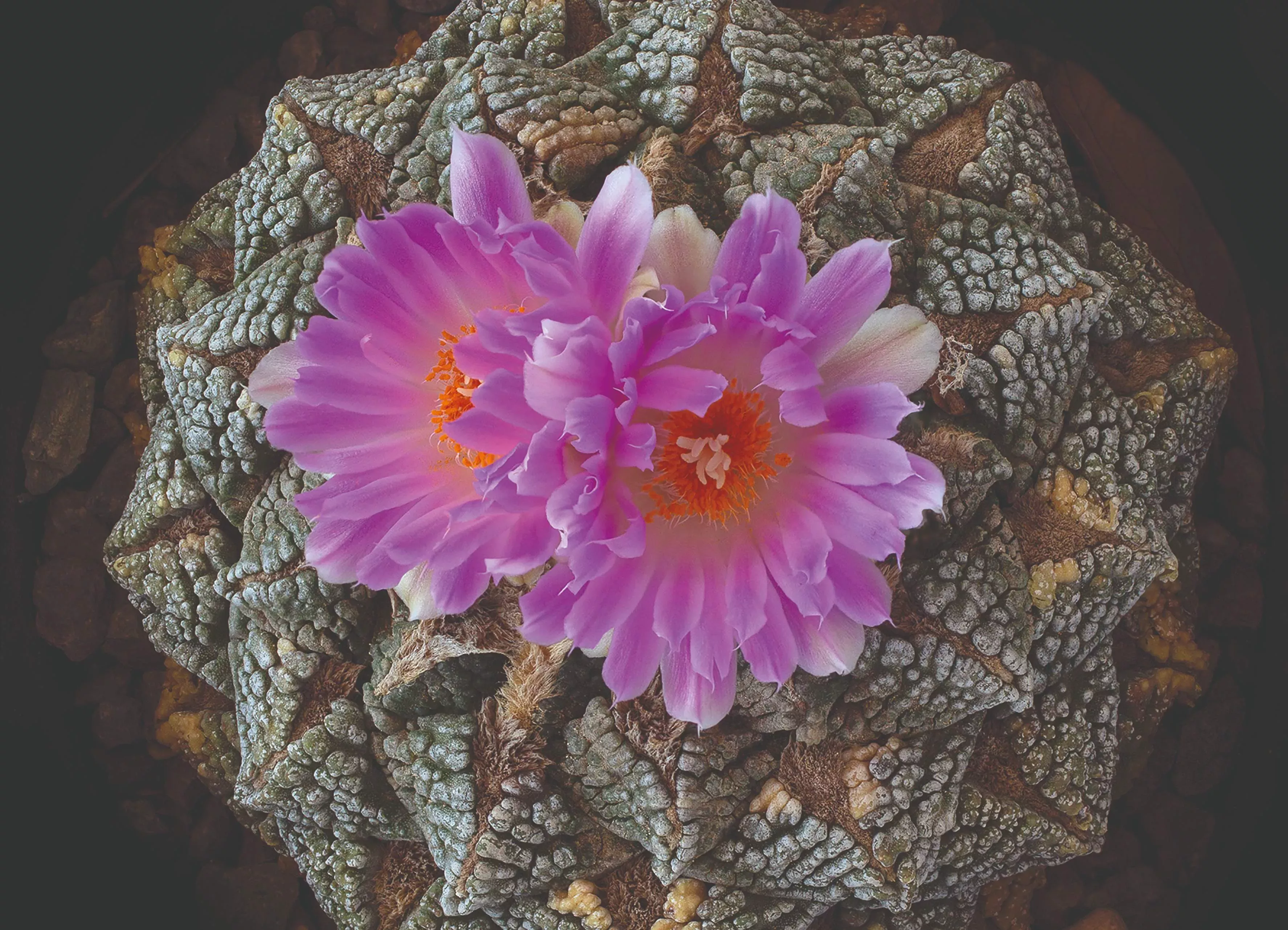
Cyber hotspots
The internet has three layers – the surface web, the deep web, and the dark web.
The surface web consists of normal web pages that are searchable and static, the deep web is less accessible to search engines and may include pages, for example, behind logins or paywalls, while the dark web is accessible through the Tor network which uses protocols to provide anonymity.
The surface web, with all its benefits for traders, is widely used to sell illegal wildlife products. This suggests the use of the dark web for this activity currently remains rare, but it may require more focus and measures in future.
Specialist commercial websites, forums, blogs, social media, and virtual meeting spaces are some of the cyber hotspots utilised in the illegal plant trade.
As they generate vast volumes of online traffic, enforcement agencies face a significant challenge in sifting through this information to find evidence of illegal trade, amongst the mountain of legitimate online content.
These hotspots and the trade they facilitate can also extend across international borders. This complicates legal jurisdiction, adding another positive for illicit traders.
In these online spaces, consumers are sometimes not even aware of the endangered status of the product they are buying or the conservation implications.
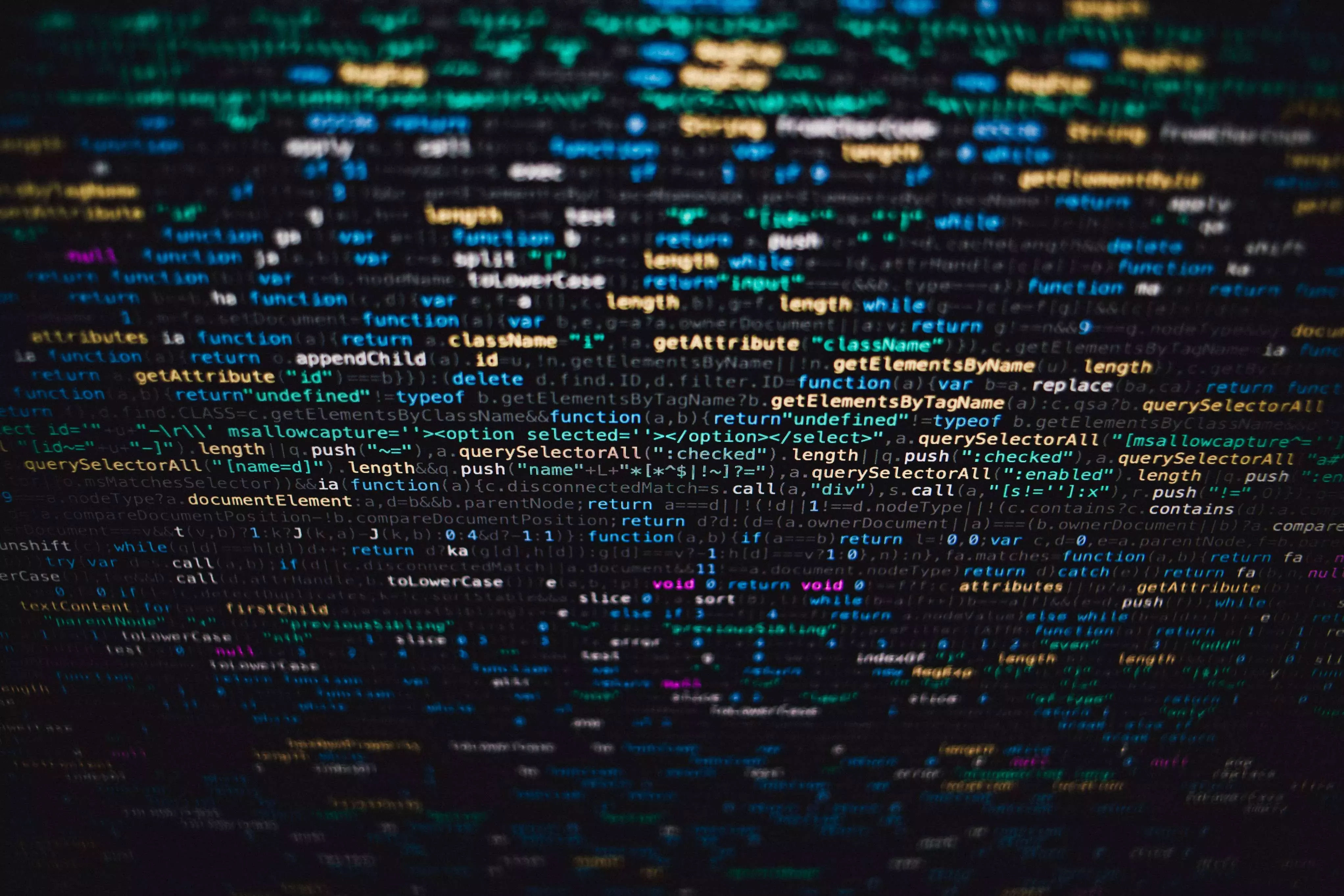
Fighting back
Although the internet is aiding this crime, at the same time, it can also help map, understand and counteract it, as highlighted in the FloraGuard Project.
By developing Artificial Intelligence (AI) algorithms, the researchers could more efficiently search for and extract information relating to the illegal harvest and sale of endangered plants, from a range of cyber hotspots.
By also employing human expertise to evaluate the AI results, a fine-grained analysis of species at risk, locations of interest, and the online behaviours of individuals involved in this trade could be constructed.
This cross-disciplinary approach not only drew upon techniques from the fields of Criminology, Law Enforcement, and Information and Communications Technology, but also relied on Conservation Science and botanical expertise to identify species of interest and help evaluate suspicious online posts.
Building a more complete picture of the internet’s role in the sale and movement of plants illegally collected from the wild will help to develop strategies to counter this complex branch of the illegal wildlife trade.
Along with highlighting species at risk that may be passing under the radar, a deeper insight into the mindset of plant traffickers may help with interventions to inform, educate and dissuade this practice, and to prevent cyberspace being used as a marketplace for some of the world’s most threatened and iconic plant species.

